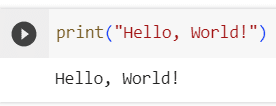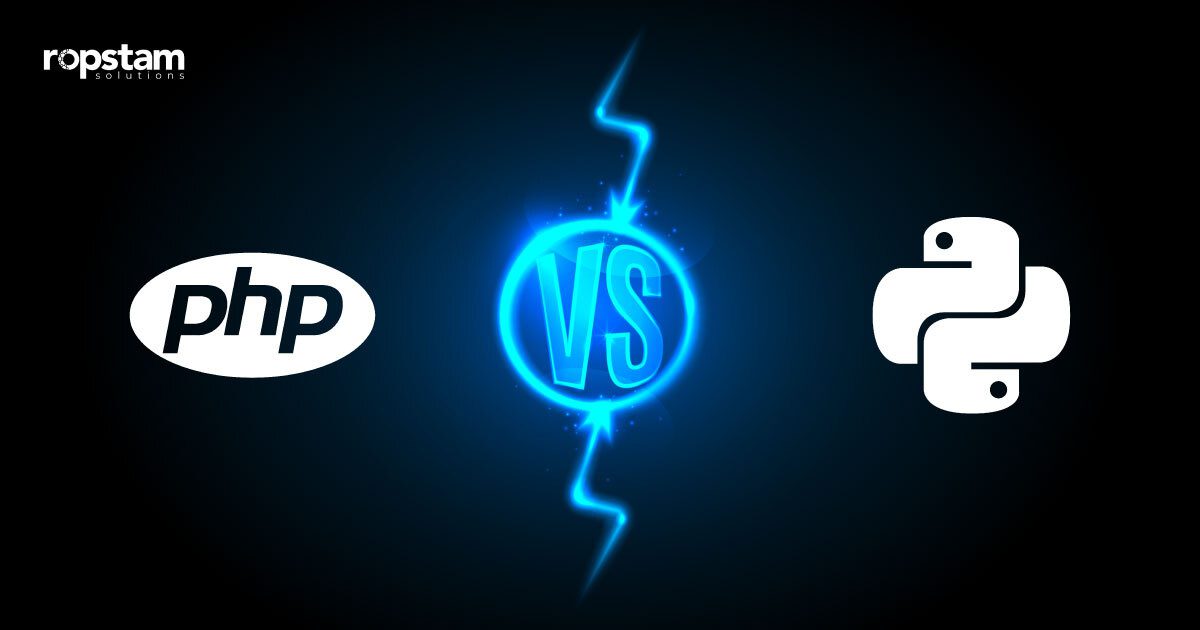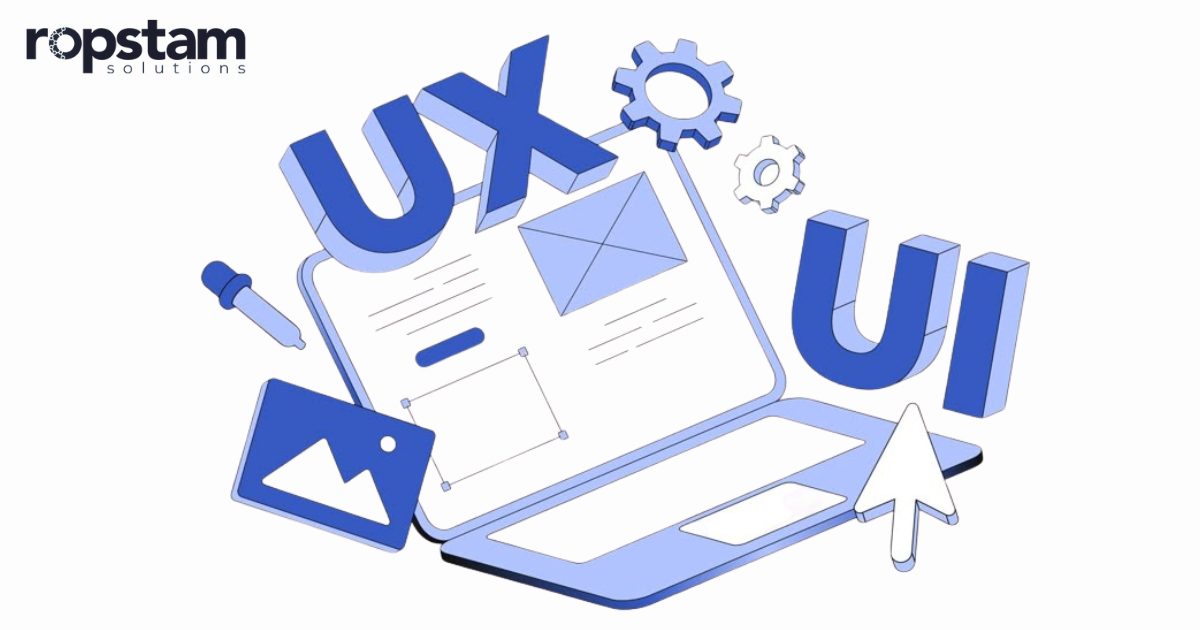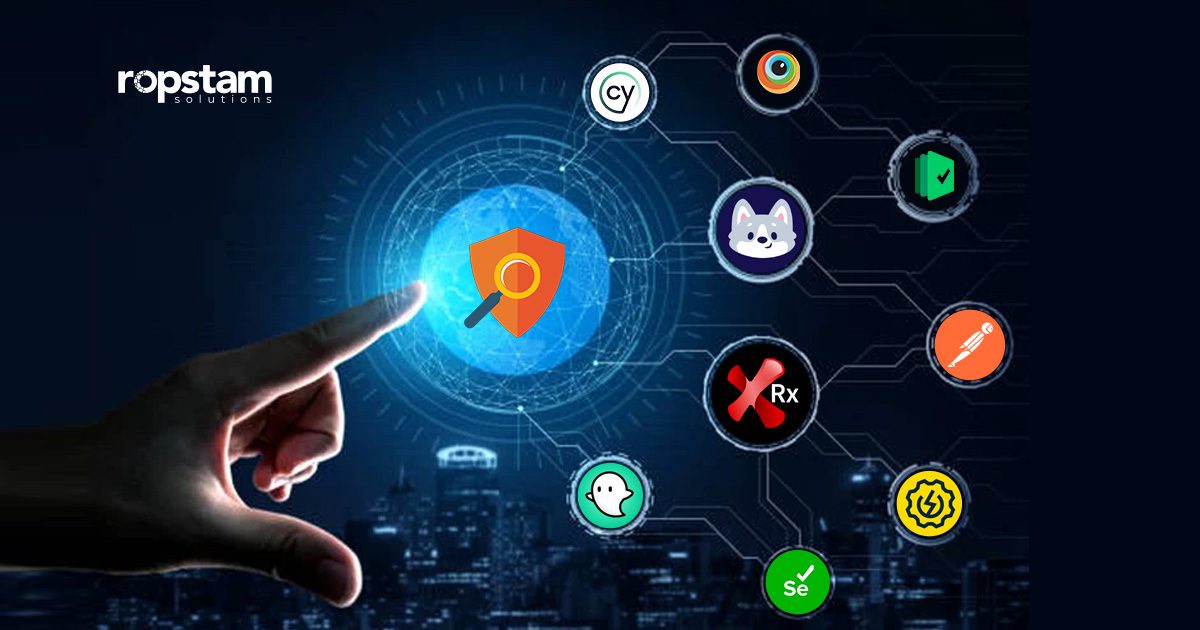The process of crafting a successful website or application commences with choosing the appropriate programming language. In the competitive universe of software development, it is becoming increasingly important to identify a suitable programming language in order to develop scalable, reliable, and secure websites.
With so many programming languages accessible, it is necessary to narrow down the ideal ones for a peculiar project. PHP and Python are two of the most esteemed tech stacks in the world of server-side scripting languages. As the web development universe continues to innovate, it is important to illustrate the key benefits and weaknesses of both PHP and Python.
Let’s dig into the detailed PHP vs Python guide to debunk the myths and differentiate both powerful languages.
At a Glance – Comparison of PHP and Python
Python is based on object-oriented and procedure-oriented programming whereas PHP is only object-oriented programming. Python is it an ideal choice for general-purpose backend web development. On the flip side, PHP is more like a specialist and mainly deals with web development. People still like PHP because it’s easy to use and gets the job done reliably.
Overview of PHP
History and Origin
PHP, which stands for “Hypertext Preprocessor,” has a rich history dating back to 1993, when it was initially created by Rasmus Lerdorf. Originally envisioned as a set of Common Gateway Interface (CGI) binaries written in the C programming language, PHP has since evolved into a powerful server-side scripting language widely used for web development.
Over the years, PHP has undergone significant enhancements, with major versions such as PHP 3, PHP 4, and the more recent PHP 7 and PHP 8 introducing advanced features and performance improvements. Its open-source nature and robust community have contributed to its longevity and adaptability.
Use Cases
PHP’s versatility makes it a preferred choice for various web development scenarios. It is widely employed to create dynamic and interactive web pages, handling tasks such as form processing, file management, and database connectivity. Content Management Systems (CMS) like WordPress, Drupal, and Joomla are built on PHP, emphasizing its significance in the web development landscape.
Furthermore, PHP is instrumental in the development of e-commerce platforms, facilitating secure and scalable solutions for online businesses. Its server-side scripting capabilities enable seamless integration with databases, making it an ideal choice for creating dynamic and data-driven websites.
Key Features
Here are some of the interesting features of PHP that make it such a revered programming language:
1) Simplicity and Readability:
PHP’s syntax is straightforward and resembles C, making it accessible for developers to learn and understand. Its code is embedded within HTML, simplifying the process of creating dynamic web pages.
2) Server-Side Scripting:
PHP is designed for server-side scripting, allowing developers to execute code on the server before sending the HTML to the client’s browser. This enables ever-evolving content generation, ensuring a smoother user experience.
3) Extensive Database Support:
PHP boasts compatibility with various databases, including MySQL, PostgreSQL, and SQLite. This makes it an excellent choice for applications requiring robust database connectivity by enabling smooth connectivity between the application and database.
4) Active Community and Documentation:
The PHP community is vibrant and supportive, providing a vast array of resources, forums, and documentation. This ecosystem facilitates collaboration, problem-solving, and continuous improvement.
Overview of Python
History and Origins
Python, conceived by Guido van Rossum in the late 1980s, has evolved into a versatile and influential programming language. Released in 1991, Python was designed with an emphasis on readability and code simplicity, aiming to provide a clear and straightforward syntax. Its name, a tribute to the British comedy group Monty Python, reflects the language’s whimsical and user-friendly nature.
Python’s development has seen significant milestones over the years, with the release of Python 2 in 2000 and the subsequent introduction of Python 3 in 2008. Python 3 addressed certain design flaws and introduced features to enhance performance and maintainability. This transition marked a commitment to the language’s long-term viability.
Use Cases
Python’s versatility extends across various domains, contributing to its widespread adoption. In web development, frameworks such as Django and Flask leverage Python’s capabilities to create robust and scalable applications. Additionally, Python powers content management systems like Plone and is utilized in backend development for platforms such as Instagram and Pinterest.
Data science and machine learning have witnessed a remarkable surge in Python’s popularity due to its extensive libraries and frameworks. Pandas, NumPy, and TensorFlow, are pivotal in data analysis and machine learning, establishing Python as a go-to language for data-driven applications.
Python is also instrumental in scripting, automation, and system administration. This development kit’s readability and simplicity make it an excellent choice for scripting tasks, while frameworks like Ansible utilize Python for configuration management and automation.
Key Features
Here are the key features of python that you must know:
1) Readability and Simplicity:
Python prioritizes human-readable code, emphasizing the importance of code readability. This design principle contributes to the language’s ease of learning and maintenance.
2) Rich Libraries and Frameworks:
Python’s extensive standard library and third-party frameworks empower developers with a wealth of pre-built modules. Consequently, this plethora of resources accelerates development and facilitates the creation of diverse applications.
3) Community Support:
Just like PHP, Python’s community is vibrant and inclusive, enabling collaboration, knowledge sharing, and the development of best practices among the developer community. Moreover, the Python Package Index (PyPI) hosts a vast repository of packages, underlining the collective efforts of the community.
4) Cross-Platform Compatibility:
Python’s cross-platform compatibility ensures that code written in Python can run smoothly on different operating systems, enhancing its portability and versatility.
Differences between Python vs PHP – Explained in detail
Here is a factor-wise comparison of these programming languages:
| Factor | Python | PHP |
| Syntax | Clear syntax, uses indentation for code blocks | Syntax similar to C and Java, with a focus on embedding code within HTML |
| Community and Ecosystem | Diverse community in web development (Django, Flask), data science (NumPy, Pandas), and AI (TensorFlow, PyTorch) | Large community, especially in web development, with frameworks like Laravel and Symfony |
| Performance | Slower in web development, competitive in other domains; optimization tools enhance execution speed | Generally faster for web development due to close integration with web servers |
| Learning Curve | Relatively easy to learn with readable syntax and comprehensive documentation | Known for a shorter learning curve, especially for beginners in web development |
| Integration | Can integrate with various databases, strong support for integration with other languages and systems | Tightly integrated with databases like MySQL for web development |
| Frameworks | Powerful web frameworks like Django and Flask, as well as frameworks for other purposes like PyTorch | Popular frameworks include Laravel, Symfony, and CodeIgniter |
| Use Cases | Widely used for web development, data analysis, AI, scientific computing, automation, and more | Mainly used for server-side scripting in web development |
1. Syntax
PHP
PHP, renowned for its simplicity and embedded nature, offers a user-friendly syntax that facilitates dynamic web development. Let’s explore a few examples of PHP code to illustrate its straightforward structure:
Example 1: Hello, World!

In this basic example, PHP’s echo statement outputs the classic “Hello, World!” string.
Example 2: Conditional Statement

Conditional statements in PHP, like the one above, follow an intuitive structure, making it accessible for developers to implement logical conditions.
Python
Python, renowned for its readability and clean syntax, provides an enjoyable programming experience. Here are a few illustrative examples of Python code:
Example 1: Hello, World!

Python’s simplicity is evident in its “Hello, World!” program. The print function is a solid python function that outputs the desired string, highlighting the language’s straightforward syntax.
Example 2: Conditional Statement

Python’s indentation-based structure enhances code readability. This conditional statement showcases Python’s emphasis on clean, organized code.
2. Ease of learning
PHP
PHP’s gentle learning curve is one of its standout features. Its syntax, inspired by C and Perl, incorporates familiar elements for developers acquainted with these languages. The seamless integration of PHP with HTML further simplifies the learning process, especially for those already familiar with web development.
Novice PHP developers find PHP approachable due to its minimalistic syntax and immediate results. The ability to embed PHP directly within HTML code facilitates the creation of dynamic content effortlessly. The language’s forgiving nature and loose typing system contribute to a less daunting learning experience.
Python
Python’s syntax and design principles prioritize simplicity and readability, resulting in a gentle learning curve. Drawing inspiration from languages like ABC and Modula-3, Python’s developers aimed to create a language that is both powerful and accessible.
The absence of complex symbols and explicit type declarations reduces cognitive load, making Python an excellent choice for beginners. Its clear and expressive syntax allows developers to focus on problem-solving rather than intricate language intricacies. Plus, there are many coding apps available where you can easily learn the basics and advanced concepts of python.
The readability of Python code is further enhanced by its use of whitespace for block delimiters. While indentation-based formatting might be new to some learners, it contributes to code consistency and readability, making this language such a popular option for both novice and experienced developers.

Role of PHP and Python in web development
See how PHP and Python can help developers with their web development projects:
Leveraging PHP for web development
PHP’s foundational role in web development is indisputable. Its server-side scripting capabilities empower developers to create ever-evolving and interactive websites. PHP smoothly integrates with HTML, providing the backbone for countless web applications. From content management systems to e-commerce platforms, PHP is a go-to choice for building robust and scalable web solutions.
PHP Frameworks
PHP frameworks enhance the development process, offering structured architectures and predefined modules. Laravel, recognized for its elegant syntax and expressive features, simplifies tasks like routing, caching, and authentication.
In another example, Symfony, with its modular components, facilitates scalability and maintainability. These frameworks streamline development, promoting best practices and rapid project completion.
Strengths and Weaknesses
PHP Pros
- It’s a versatile language to fulfil many web development requirements
- It has fine community support
- It can be integrated easily
PHP Cons
- It may cause inconsistencies
- It has some security concerns
Strengths:
- PHP accommodates a range of web development needs, from simple scripts to complex applications.
- A vast and active community ensures ongoing support, continuous improvement, and the availability of numerous resources.
- PHP enables smooth integration with databases, especially MySQL, and simplifies data handling in web applications.
Weaknesses:
- PHP’s loose typing system can lead to inconsistencies and potential errors if not carefully managed.
- While PHP has improved its security features, developers must remain vigilant against potential vulnerabilities to forestall cyberattacks.
Leveraging Python for Web Development
Python has emerged as a powerhouse in web development, celebrated for its simplicity, readability, and versatility. It serves as the cornerstone for a myriad of web applications, providing an intuitive and expressive programming experience.
Python Frameworks
Python Frameworks include Django and Flask. Python’s dominance in web development is further solidified by its robust frameworks. Django, a high-level framework, excels in rapid development with its “batteries-included” philosophy, encompassing everything from authentication to database management.
Similarly, Flask, a lightweight alternative, offers flexibility and simplicity, making it an excellent choice for smaller projects. These frameworks further enhance the reputation of Python in the realm of web development.
Strengths and Weaknesses
Python Pros
- It has a relatively good readability and simple syntax
- It has good community support
- It has a lot of frameworks to offer
Python Cons
- It has slow execution speed
- It has asynchronous limitations
Strengths:
- Python’s clean syntax enhances code readability, reducing development time and fostering collaboration.
- Django’s comprehensive features and Flask’s minimalist approach cater to a wide spectrum of project requirements.
- Python’s expansive community ensures a wealth of resources, support, and a plethora of third-party packages.
Weaknesses:
- Python may face performance challenges in computer-intensive tasks compared to languages like C or Java. It has a general reputation of being considerably slower for computational tasks as compared to other high-level languages.
- While improvements have been made, Python’s asynchronous programming capabilities may not match languages explicitly designed for such scenarios.
When to choose PHP?
Choose PHP when building dynamic web applications with a focus on server-side scripting. It excels in web development, particularly for tasks like content management systems and e-commerce platforms. In simpler words, PHP’s effortless integration with web servers and robust frameworks like Laravel and Symfony makes it an ideal choice for web-centric projects.
When to choose Python?
To summarize, Python is ideal for data analysis, machine learning, AI, scientific computing, web automation, IoT, and general-purpose programming needs. Its power and simplicity suit rapid prototyping and agile development workflows. Python is a great option for organizations looking to leverage its versatility across domains and a stringent ecosystem of libraries and tools.
Both PHP and Python offer unique strengths, and the selection of a particular programming language depends on the scope of the project. PHP excels in web development, while Python’s versatility spans web development, data science, and AI. As a developer, you must choose between them based on project requirements, keeping in mind community support and personal preference.
How Ropstam can Help in Building High-quality Web Applications?
Maximizing user engagement and targeting key problems is the key to the overall success of any website or web application. Having expertise in PHP and Python languages is a must for crafting such dynamic, user-friendly web applications.
With more than a decade of experience in the realm of web development, Ropstam Solutions can help you create top-notch web applications to enhance user experience and increase your reach. If you are interested in availing of our services, contact us now!













